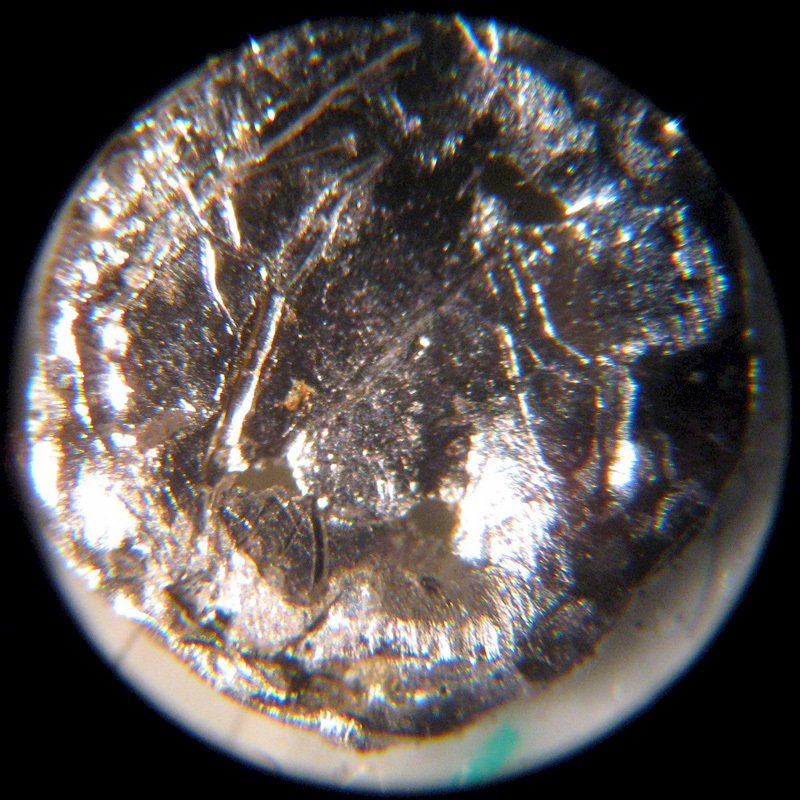Americium
95
Am
Gruppe
n/a
Periode
7
Block
f
Protonen
Elektronen
Neutronen
95
95
148
Generelle Eigenschaften
Ordnungszahl
95
Atommasse
[243]
Massenzahl
243
Kategorie
Actinoide
Farbe
Silber
Radioaktiv
Ja
Named after America
Kristallstruktur
Einfach hexagonal
Geschichte
Americium-241 was first identified in 1944 by Glenn T. Seaborg, Ralph A. James, Leon O. Morgan and Albert Ghiorso at the metallurgical laboratory at the University of Chicago.
It was produced by irradiating plutonium with neutrons during the Manhattan Project.
Americium was first isolated as a pure compound by Burris Cunningham in 1945, at the University of Chicago.
It was produced by irradiating plutonium with neutrons during the Manhattan Project.
Americium was first isolated as a pure compound by Burris Cunningham in 1945, at the University of Chicago.
Elektronen pro Schale
2, 8, 18, 32, 25, 8, 2
Elektronenkonfiguration
[Rn] 5f7 7s2
Americium often enters landfills from discarded smoke detectors
Physikalische Eigenschaften
Aggregatzustand
Fest
Dichte
13,69 g/cm3
Schmelzpunkt
1449,15 K | 1176 °C | 2148,8 °F
Siedepunkt
2880,15 K | 2607 °C | 4724,6 °F
Schmelzwärme
n/a
Verdampfungswärme
n/a
Spezifische Wärmekapazität
-
Häufigkeit in der Erdkruste
n/a
Häufigkeit im Universum
n/a

CAS-Nummer
7440-35-9
PubChem CID-Nummer
n/a
Atomeigenschaften
Atomradius
173 pm
Kovalenter Radius
180 pm
Elektronegativität
1,3 (Pauling-Skala)
Ionisierungsenergie
5,9738 eV
Molares Volumen
17,78 cm3/mol
Wärmeleitfähigkeit
0,1 W/cm·K
Oxidationszustände
2, 3, 4, 5, 6
Anwendung
Americium is used in commercial ionization chamber smoke detectors, as well as in neutron sources and industrial gauges.
Americium-241 has been used as a portable source of both gamma rays and alpha particles for a number of medical and industrial uses.
It is also used as a target material in nuclear research to make even heavier elements.
Americium-241 has been used as a portable source of both gamma rays and alpha particles for a number of medical and industrial uses.
It is also used as a target material in nuclear research to make even heavier elements.
Americium is harmful due to its radioactivity
Isotope
Stabile Isotope
-Instabile Isotope
229Am, 231Am, 232Am, 233Am, 234Am, 235Am, 236Am, 237Am, 238Am, 239Am, 240Am, 241Am, 242Am, 243Am, 244Am, 245Am, 246Am, 247Am, 248Am, 249Am